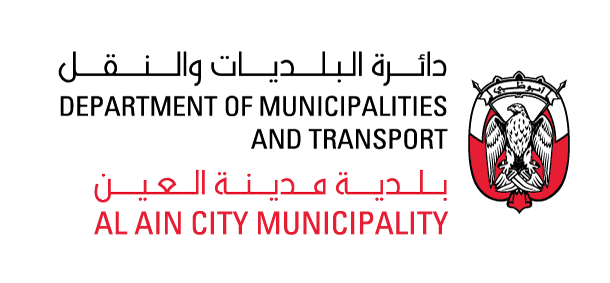Key Highlights:
● Improving municipal efficiency and enhancing services for citizens through the use of AI technologies.
● Accurate and effective monitoring of urban changes in the city.
● Providing the municipality with an advanced AI-powered tool for analyzing and managing spatial geographic data.
Al Ain Municipality has launched the "Al Ain Geo for AI Solutions" platform as part of its strategic plan to improve operational efficiency using artificial intelligence technologies. The platform contributes to precise and effective monitoring of urban changes in the city while enhancing spatial data management by analyzing aerial and satellite images.
The platform aims to provide the municipality with an advanced AI-based tool for analyzing and managing spatial geographic data, benefiting local municipalities, architects, urban development planners, researchers, and academics. It features a unique capability to track temporal changes in the urban environment, ensuring accurate and continuous updates of records.
Engineer Mohammed Abdullah Al-Rashdi, Head of the Geographic Information Systems (GIS) Department, explained that the "Al Ain Geo for AI Solutions" platform enhances urban planning and resource management efficiency. It enables rapid responses to changes in the city, facilitating data-driven decision-making using multiple sources, such as drones, satellites, and 360-degree cameras. The platform processes images using AI to detect and identify geographic features such as buildings, roads, and green spaces, which are then displayed on an interactive map for extracting necessary information.
Al-Rashdi added that the platform excels in the precise detection and analysis of geographic data, featuring automatic integration with geographic data management systems, enhanced image quality, and rapid response to temporal changes. Several functions have been integrated into the Al Ain Geo application, including optical character recognition (OCR) for shop signs and streets, capturing building facades, and linking them to appropriate geographic locations.
The data analysis process on the platform follows three stages:
1. Data collection from various sources.
2. Data processing using advanced machine learning models capable of accurately detecting buildings, roads, and trees with over 90% accuracy.
3. In the third stage, enhancing the accuracy of satellite images through super-resolution technology, allowing for more precise identification of landmarks and utilizing historical satellite images to improve accuracy. This enables exceptional tracking of temporal changes in the urban environment and ensures accurate, continuous record updates.
● Improving municipal efficiency and enhancing services for citizens through the use of AI technologies.
● Accurate and effective monitoring of urban changes in the city.
● Providing the municipality with an advanced AI-powered tool for analyzing and managing spatial geographic data.
Al Ain Municipality has launched the "Al Ain Geo for AI Solutions" platform as part of its strategic plan to improve operational efficiency using artificial intelligence technologies. The platform contributes to precise and effective monitoring of urban changes in the city while enhancing spatial data management by analyzing aerial and satellite images.
The platform aims to provide the municipality with an advanced AI-based tool for analyzing and managing spatial geographic data, benefiting local municipalities, architects, urban development planners, researchers, and academics. It features a unique capability to track temporal changes in the urban environment, ensuring accurate and continuous updates of records.
Engineer Mohammed Abdullah Al-Rashdi, Head of the Geographic Information Systems (GIS) Department, explained that the "Al Ain Geo for AI Solutions" platform enhances urban planning and resource management efficiency. It enables rapid responses to changes in the city, facilitating data-driven decision-making using multiple sources, such as drones, satellites, and 360-degree cameras. The platform processes images using AI to detect and identify geographic features such as buildings, roads, and green spaces, which are then displayed on an interactive map for extracting necessary information.
Al-Rashdi added that the platform excels in the precise detection and analysis of geographic data, featuring automatic integration with geographic data management systems, enhanced image quality, and rapid response to temporal changes. Several functions have been integrated into the Al Ain Geo application, including optical character recognition (OCR) for shop signs and streets, capturing building facades, and linking them to appropriate geographic locations.
The data analysis process on the platform follows three stages:
1. Data collection from various sources.
2. Data processing using advanced machine learning models capable of accurately detecting buildings, roads, and trees with over 90% accuracy.
3. In the third stage, enhancing the accuracy of satellite images through super-resolution technology, allowing for more precise identification of landmarks and utilizing historical satellite images to improve accuracy. This enables exceptional tracking of temporal changes in the urban environment and ensures accurate, continuous record updates.
